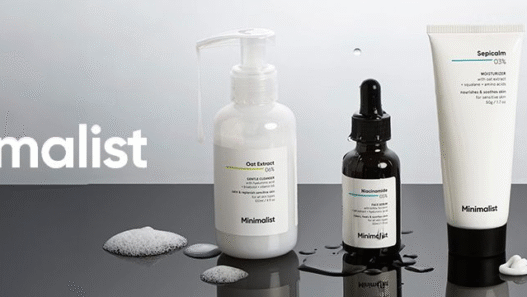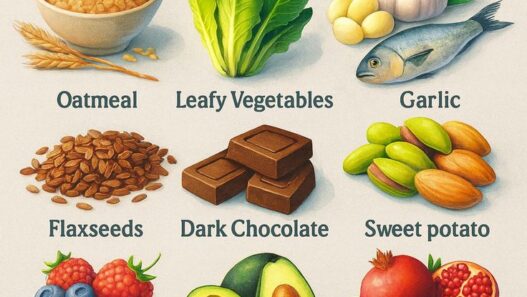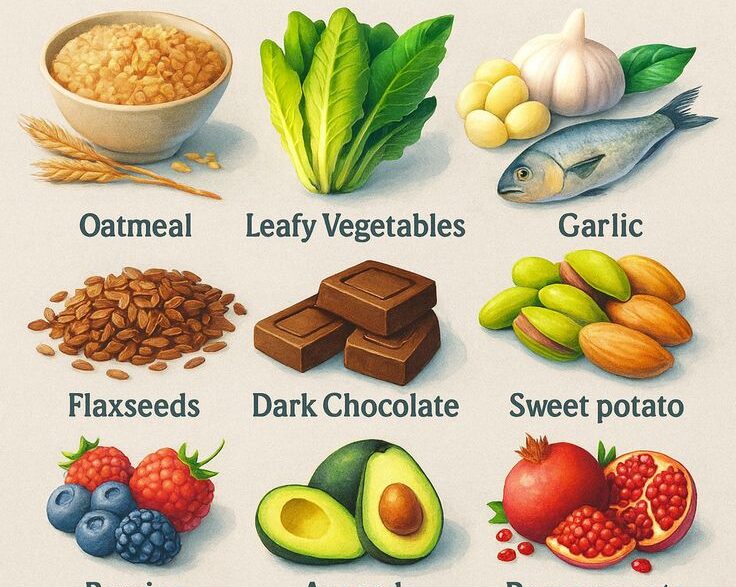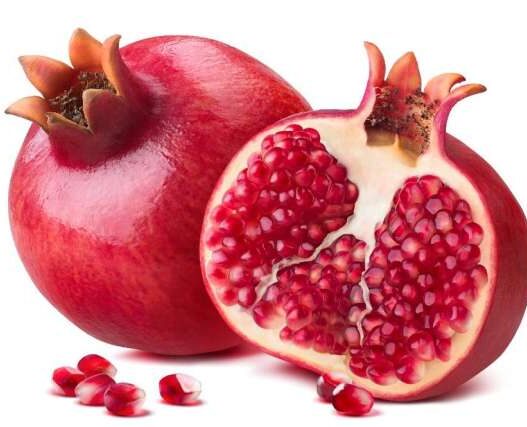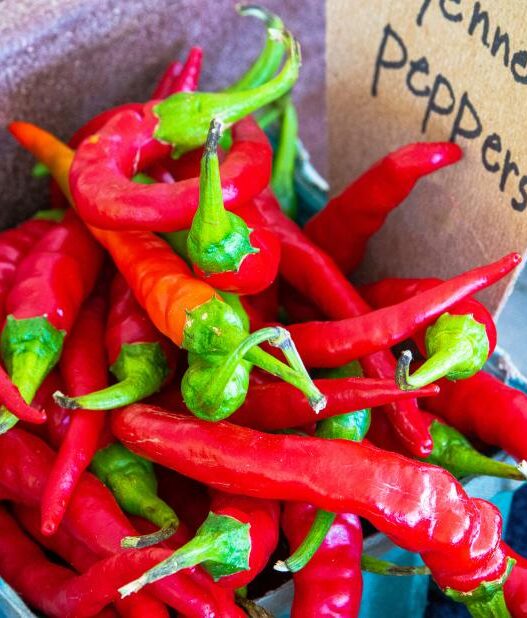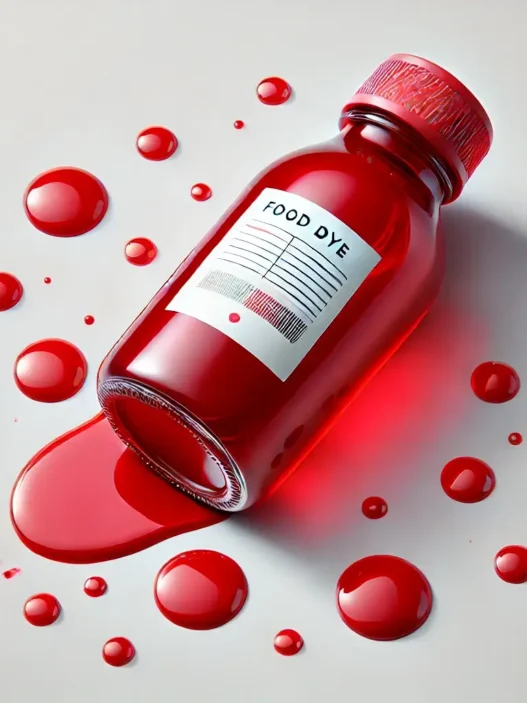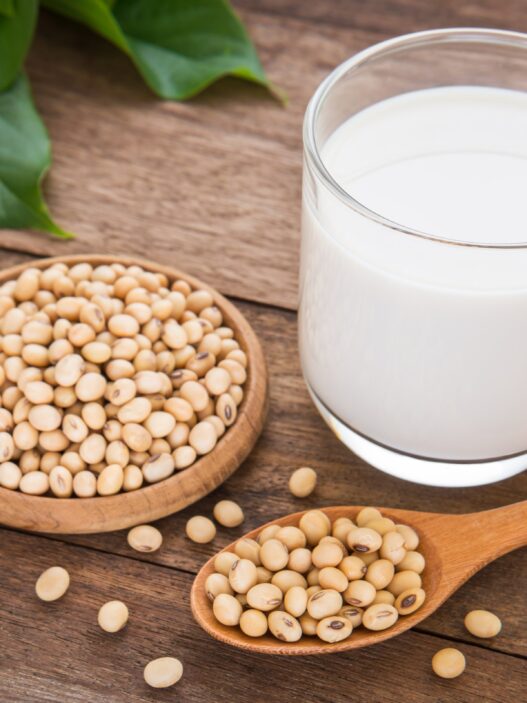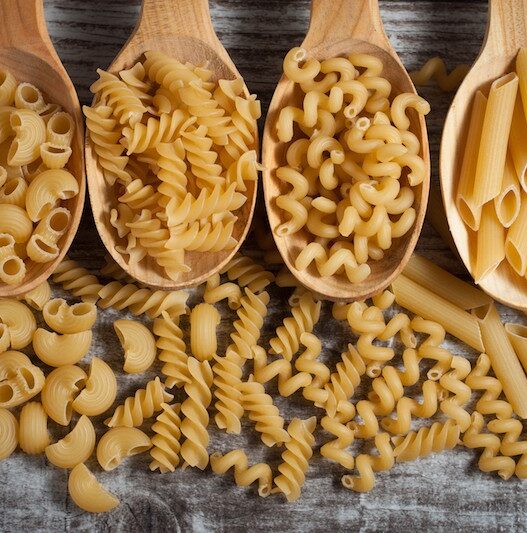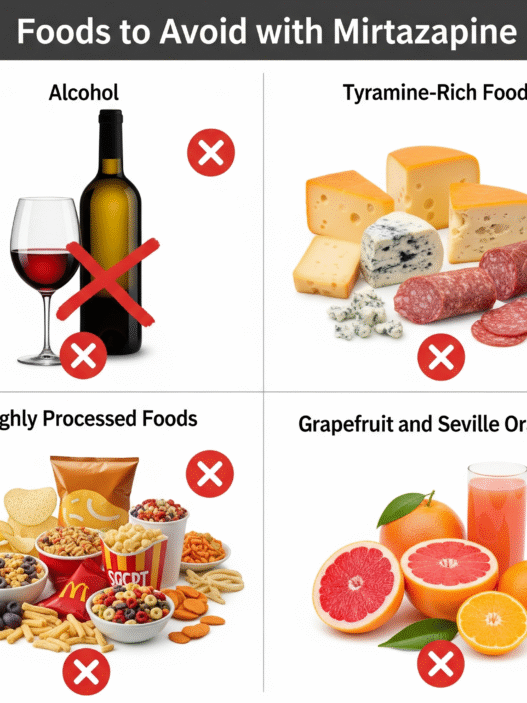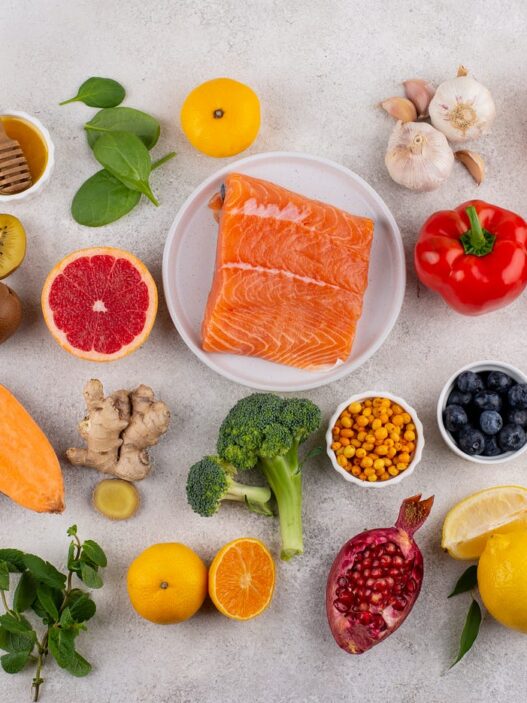Hypertension, another name for high blood pressure, is one of the most prevalent medical conditions in the modern world. Since it doesn’t always have obvious symptoms, it frequently goes undiagnosed, but over time, it can cause major issues like heart disease, kidney failure, and stroke.
In fact, research indicates that adopting a heart-healthy diet, that is, the DASH diet (that stands for Dietary Approaches to Stop Hypertension), may prevent close to 50% of cases of hypertension around the world.
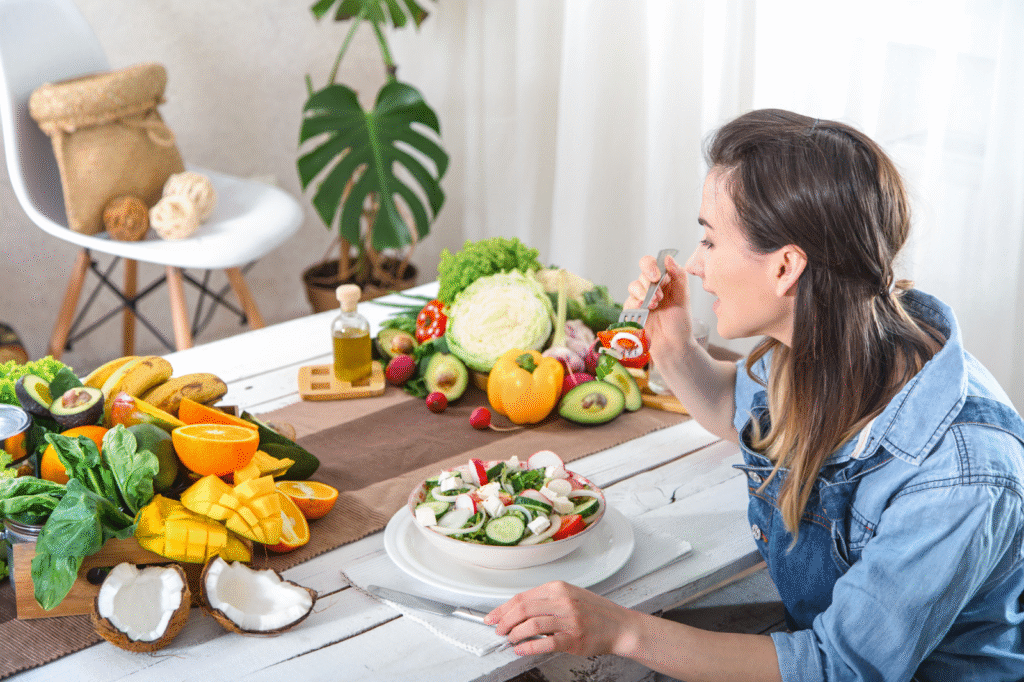
This is a pretty remarkable estimate since hypertension is second only to tobacco use as one of the top driver risk factors for heart attack, stroke, kidney disease, and premature death.
In the rest of this article, I will outline the science of blood pressure and include a more detailed list of the best foods that you can incorporate into your routine to help naturally lower blood pressure.
The Significance of Diet in Blood Pressure
Blood pressure is the force of the blood pushing against the walls of your arteries. When this pressure remains elevated, blood vessels are damaged, and we exert more effort than necessary to circulate blood. However, this is where diet matters:
- Salt and processed foods can lead your body to hold onto water, increasing the amount and pressure of the blood in your arteries.
- Saturated fats and refined sugars can lead to arterial stiffness and increased body weight, which both can increase blood pressure.
- In contrast, nutrients like potassium, magnesium, calcium, and fiber have a relaxing effect on blood vessels, which helps improve circulation and blood pressure.
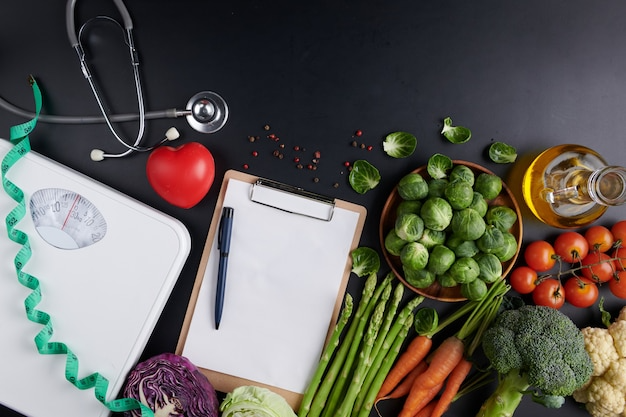
The DASH diet (Dietary Approach to Stop Hypertension) is one of the most well-studied dietary patterns. Studies indicate that following the DASH diet will provide you with an 8–14 mmHg systolic blood pressure reduction—an effect similar to many blood pressure medications.
The Best Foods to Reduce Blood Pressure
1. Green Leafy Vegetables
Spinach, kale, Swiss chard, and collard greens are among the best natural sources of potassium. Potassium supports normal sodium levels in the body, reducing water retention and lowering pressure in blood vessels.
For example, one cup of cooked spinach contains about 800 mg of potassium, providing about 17% of the daily value. Studies show that people with higher intake of potassium have 2–5 mmHg lower blood pressure compared to people with low intake of potassium.
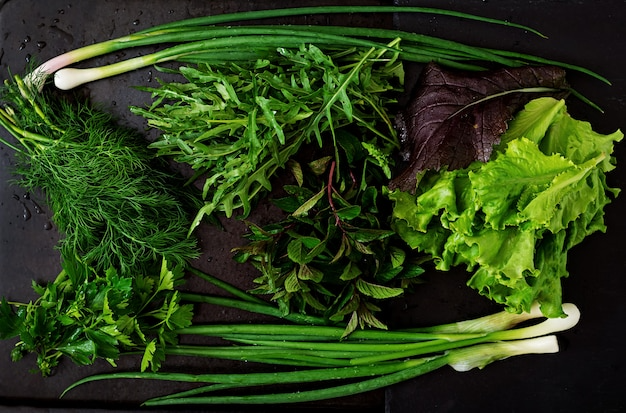
- These plants are also jam-packed with magnesium, nitrates, and antioxidants, all of which support flexibility in the blood vessels.
- One cup of cooked spinach provides about 800 mg of potassium (17% of the daily value). Studies show that increasing potassium to at least 4700 mg/day can lower systolic blood pressure by 2-5 mmHg.
2. Berries
Blueberries, strawberries, and raspberries are packed with flavonoids, plant compounds that protect blood vessels and increase blood vessel flexibility. A large 14-year study found that people who ate the most blueberries had a 10% lower risk of developing hypertension than people who consumed the least.
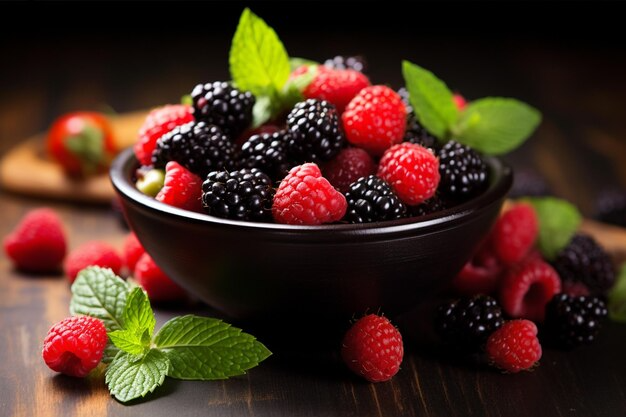
Also, berries are high in vitamin C and fiber, which support overall heart health.
3. Lentils and Beans
Beans and lentils are a great source of plant-based protein, in addition to fiber, potassium, and magnesium. Additionally, clinical trials showed that eating legumes regularly may reduce systolic blood pressure by about 2–3 mmHg and improve cholesterol levels.
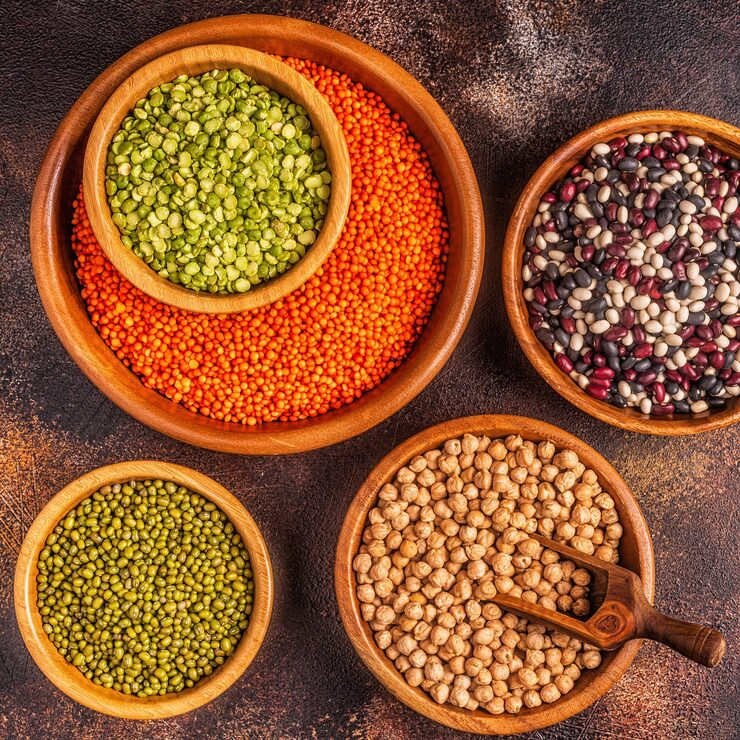
- They’re easy to add to salads, wraps, soups, and stews.
- Their high amounts of soluble fiber also help reduce LDL cholesterol and therefore decrease cardiovascular risk.
4. Oats
Oats are abundant with fiber in the form of beta-glucan, which helps with cholesterol and blood pressure management. Including at least 3 grams of beta-glucan per day (which is about one bowl of oatmeal) has been shown to reduce systolic blood pressure by 2–3 mmHg. Oats also improve arterial health by supporting better blood flow.
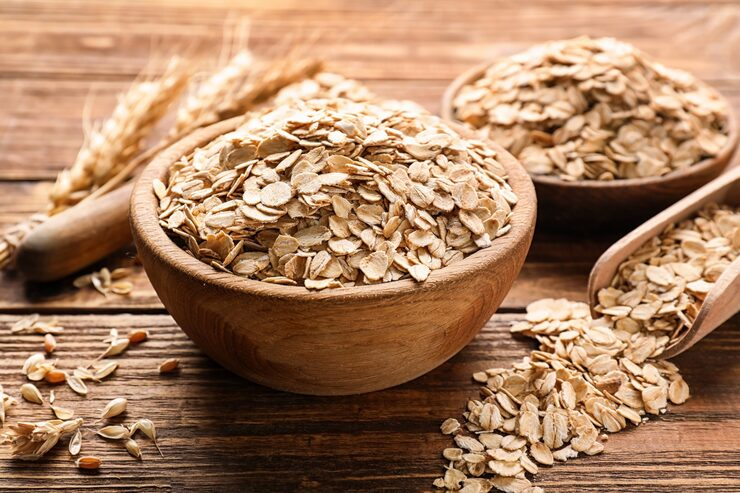
- Their high soluble fiber content helps to lower LDL cholesterol, which reduces the risk of heart disease further.
- They’re also high in fiber, potassium, and magnesium, which are essential nutrients for heart health.
5. Bananas
A medium banana contains approximately 400 mg of potassium, making it one of the simplest and most economical foods that support our blood pressure health. Potassium decreases sodium retention, and higher potassium consumption is associated with a less than 27% lower risk for stroke.
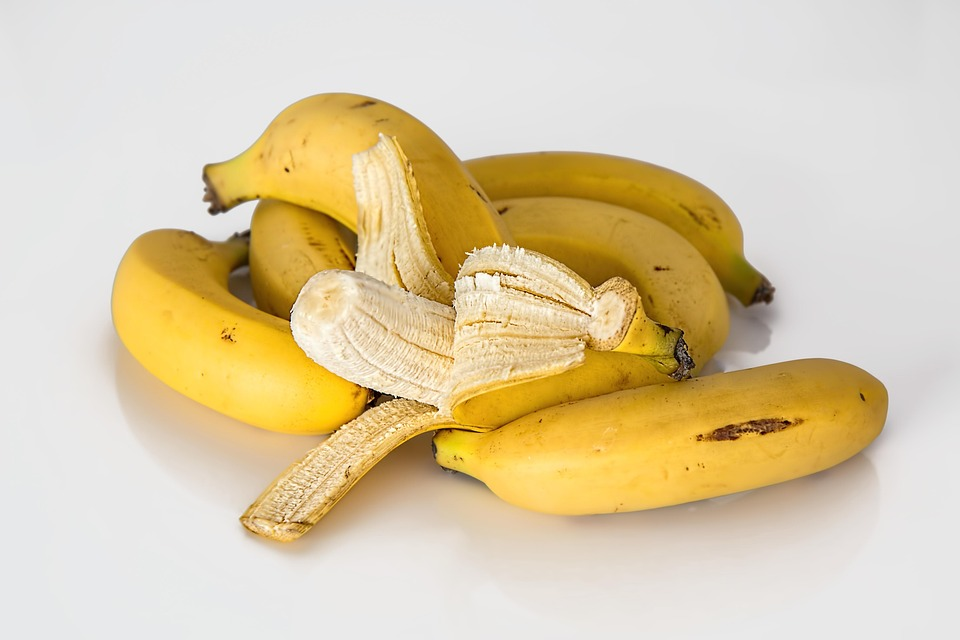
- A medium banana contains about 400 mg of potassium (approximately 9% of the daily value).
- Research links potassium-rich diets with a 27% lower risk of stroke as well as lower incidence of hypertension.
6. Oily Fish
Omega-3 fats (both EPA and DHA) are anti-inflammatory and vasodilating and help improve circulation; they are often found in salmon, sardines, mackerel, and trout.
Clinical trials show that eating fatty fish at least twice a week can lower systolic blood pressure 4–5 mmHg and improve cardiovascular health.
For people that do not eat fish, omega-3 fats can still be reached through plant-based sources like chia seeds, flax seeds, or algae-based omega-3 supplements.
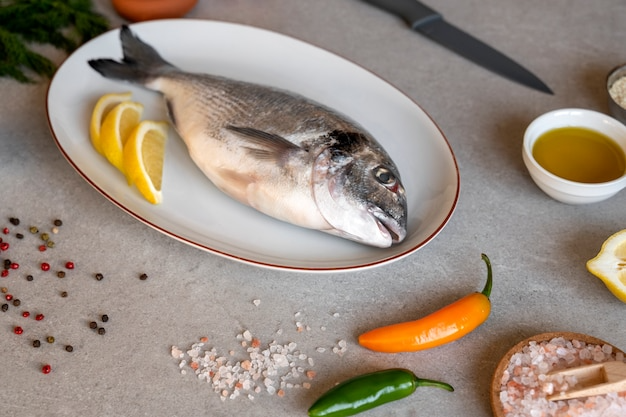
- In hypertension, a study showed that individuals who consumed 2 servings of oily fish per week decreased systolic blood pressure on average 4–5 mmHg.
- Replace omega-3 fats to lower triglycerides while also supporting brain health, and you have a double win.
7. Garlic
Garlic has been used for centuries as a natural remedy for the heart. Its active component, allicin, can help to dilate blood vessels and improve blood flow. A meta-analysis of clinical trials of garlic supplementation reported a reduction in systolic blood pressure by 5–10 mmHg, predominantly in people with hypertension.
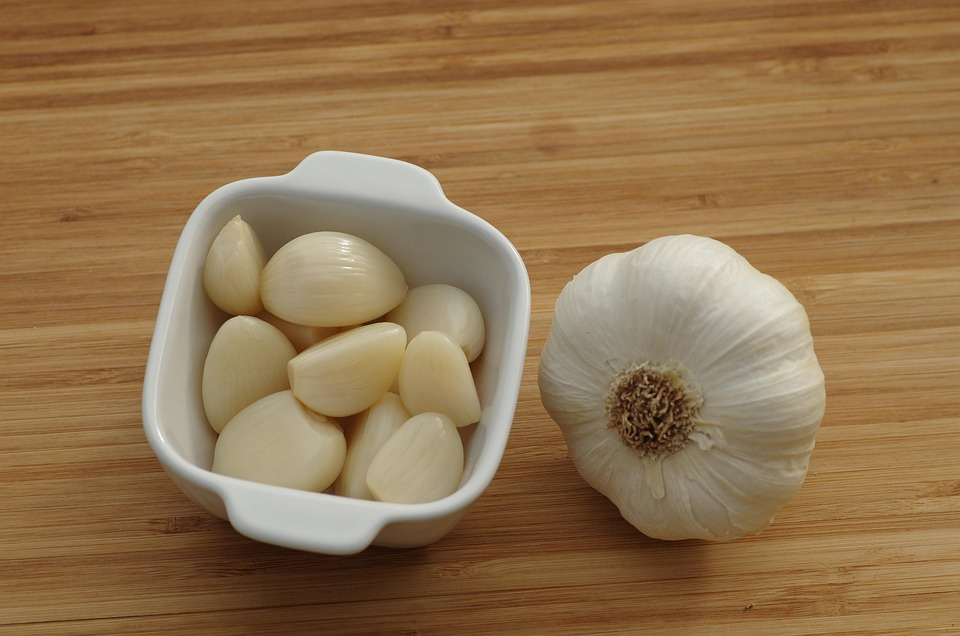
- That garlic reduced systolic blood pressure by 5-10 mm of Hg in hypertensive individuals has also been found in a meta-analysis of twelve clinical trials.
- Garlic has antimicrobial benefits and is beneficial to the immune system.
8. Dairy Products Low in Fat
A glass of milk, a cup of yogurt, or low-fat cheese for a snack provides calcium and protein—two nutrients that can help to control blood pressure.
In one large-scale observational study, individuals who consumed 2–3 servings of low-fat dairy per day received a 7% decreased hazard for hypertension diagnosis. Calcium is good for contracting and relaxing blood vessels, and protein is important for maintaining a healthy body weight.
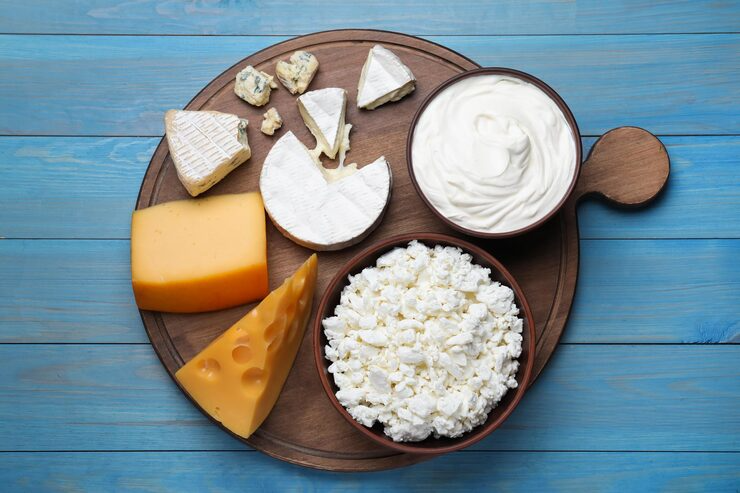
Calcium helps regulate the contraction and relaxation of small blood vessels, while protein helps to sustain the function of muscles and small blood vessels.
9. Dark Chocolate
If you love chocolate, you will be happy to know that dark chocolate, with at least 70% cocoa, has been found to be high in flavanols that make blood vessels more elastic and allow for better blood flow.
Clinical trials have shown that if you consume dark chocolate daily (20–30 g), it can decrease systolic blood pressure by 2–3 mmHg. The important thing to remember is that moderation is best, as eating too much dark chocolate adds sources of additional sugar and calories.
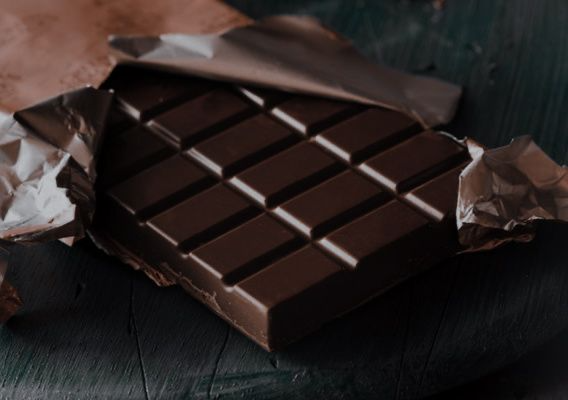
- Clinical trials show that eating dark chocolate (20–30 g) daily can lower systolic blood pressure by 2–3 mmHg.
- The higher the cocoa content, the more beneficial compounds it has.
10. Seeds and Nuts
Chia seeds, flaxseeds, walnuts, and almonds are all high in magnesium, potassium, and omega-3 fatty acids. These nutrients help to relax the blood vessels, lower inflammation, and promote heart health in general.
Clinical studies have suggested that eating 30 grams (a bit less than a handful) of nuts every day could lead to a 5–7 mmHg decrease in systolic blood pressure.
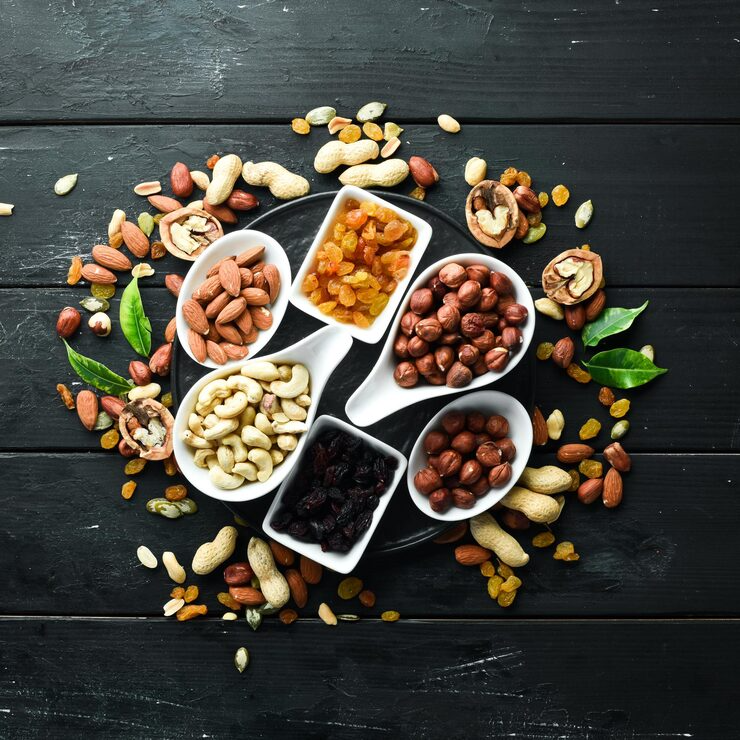
- Consuming 30 grams (one small handful) of nuts each day in clinical trials resulted in a reduction in systolic blood pressure by 5–7 mmHg.
- Seeds generally, and flaxseeds in particular, contain fiber and lignans that also promote cardiovascular health.
Simple Dietary and Lifestyle Advice
- Watch your salt intake because it raises blood pressure, and that’s something that you don’t want. Roll, fresh, instead of processed.
- Water down the blood by drinking lots of water.
- Do regular exercise. Yoga, cycling, or walking these natural ways will help in controlling hypertension.
- Other relaxation measures are meditation, deep breathing, and even listening to music.
In conclusion
Simple adjustments to your diet can be the first line of defense against high blood pressure. These foods—such as chocolate and garlic, leafy greens, and bananas—can naturally reduce blood pressure and promote a healthy heart in the long run.
Eating a healthy diet, exercising regularly, drinking enough water, and managing stress allow you to easily control your blood pressure.





